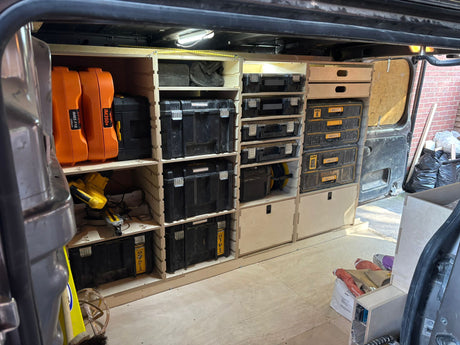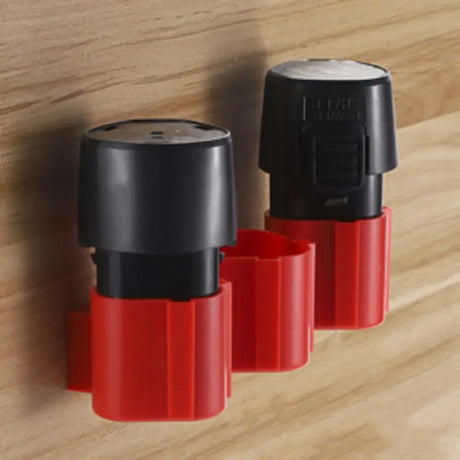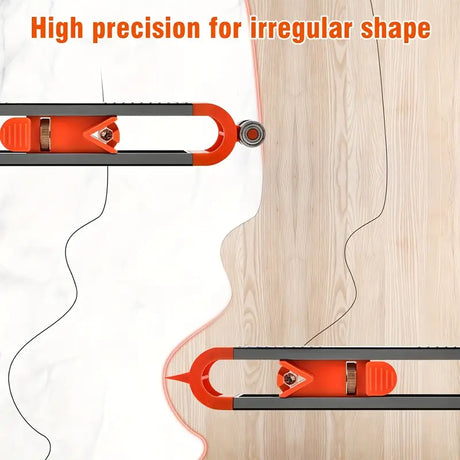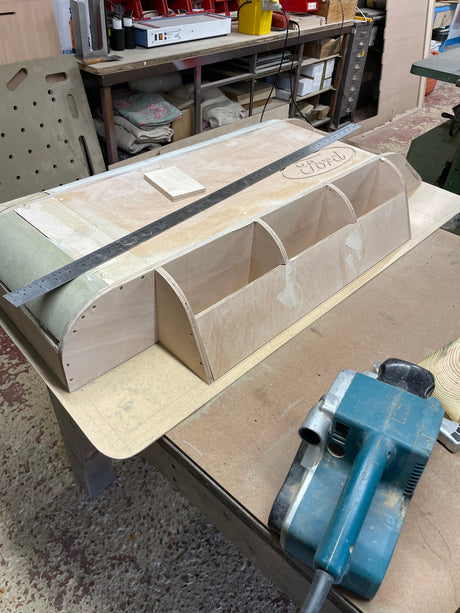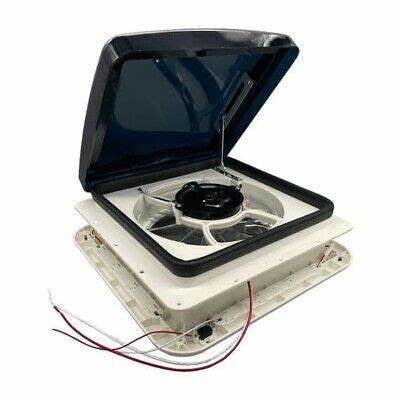Graphene & Wood: Are There Hidden Risks in This Revolutionary Material?
before you get to wrapped up in the negatives check out our previous post here
Graphene has been hailed as a game-changer for industries ranging from electronics to construction. When applied to wood, it can enhance durability, water resistance, and bonding strength. However, as with any innovation, it’s essential to consider the potential downsides before widespread adoption. Could there be hidden risks in using graphene with wood? Let’s explore.
1. Cost vs. Benefit: Will It Be Affordable?
Graphene is an advanced material that requires high-tech manufacturing. Currently, its production can be expensive, which raises questions:
- Will graphene-infused wood be affordable enough for large-scale construction?
- Could the cost outweigh the long-term benefits, limiting its use to high-end projects rather than social or modular housing?
2. Environmental Concerns: Is Graphene as Green as It Seems?
One of the main appeals of graphene-enhanced wood is sustainability, but:
- Production Impact – The manufacturing process of graphene requires energy-intensive techniques. Could this offset the environmental benefits of longer-lasting wood?
- Degradation Risks – What happens when graphene-treated wood reaches the end of its lifecycle? Could it introduce micro-particles into the environment, similar to microplastics?
- Recyclability Issues – Can we efficiently recycle graphene-treated wood, or will it become another material that’s difficult to repurpose?
3. Workability & Practicality: Will It Be Too Tough to Use?
One of the benefits of traditional wood is its ease of cutting, shaping, and assembling. Introducing graphene could change that:
- Harder to Cut & Shape – Will graphene coatings make wood too rigid for standard carpentry tools?
- Bonding Limitations – Could graphene-enhanced adhesives create joints so strong that modifications or repairs become difficult?
4. Fire Resistance or a Fire Hazard?
Graphene is known for its excellent heat conductivity, but:
- Could this property increase the spread of fire rather than slowing it down in certain conditions?
- Would fire regulations need updating if graphene-infused wood behaves differently from standard timber?
Final Thoughts: Should We Proceed with Caution?
Innovation in materials always comes with a learning curve. While graphene presents exciting possibilities, these potential challenges need further research.
So, what do you think?
- Is graphene-infused wood worth the risks?
- Should we slow down and fully test its effects before large-scale adoption?
- Have we overlooked any major concerns?
Let’s open the discussion—drop your thoughts in the comments!



